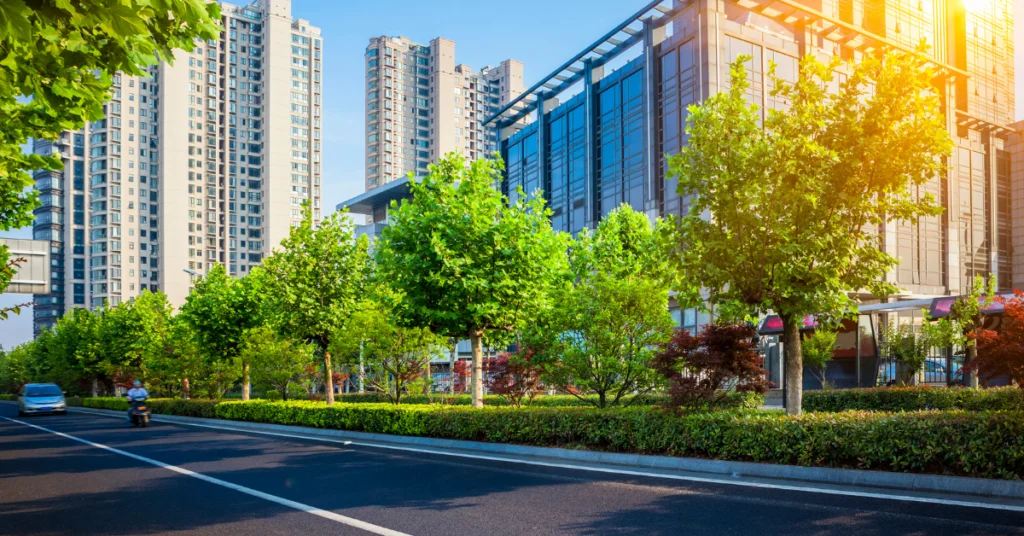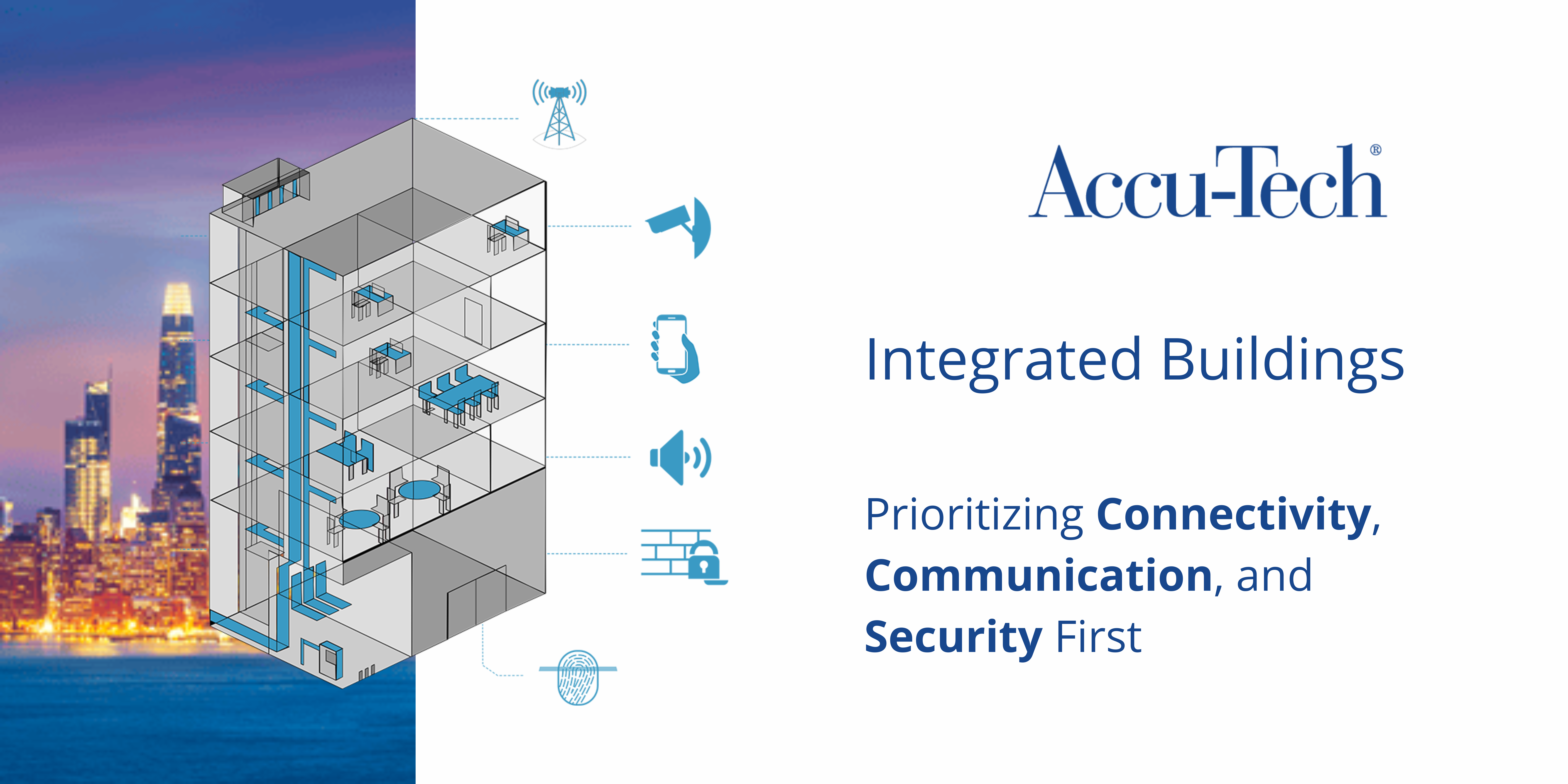Belden's blog What Connected Communities Need from Their ICT Infrastructure illustrates how modern city blocks can be conveniently integrated with amenities. Using the Oakridge Centre as an example, they highlight how buildings, such as the former shopping mall in Vancouver, have the capacity to be transformed into "mixed-use" hubs.
What makes a community connected?
Public amenities, accessible areas, and recreational facilities are all defining features of a community that maximizes sustainability, performance, and cost-effectiveness. To continue the Canadian example, Oakridge Centre newly features the following within walking distance:
- Residential Spaces
- Public Parks
- Daycare Facilities
- Community Centers
- Grocery Stores
While probably anyone would prefer a traditional 'food run' over having to drive, catch a bus, or take a train to purchase groceries, how can a community achieve this kind of street-level accessibility? It's true that a community should interdepend on its land, the people who reside there, and the culture it harnesses, but the question remains: How can buildings themselves better support surrounding land, people, and culture as well?
Support Community Engagement with ICT Infrastructure
Local flora and fauna. Thought-provoking art and architecture. Convenient access to resources. These are beautiful, visual elements of a thriving community, but the answer to finding physical support for a connected community lies deeper within information and communication technologies.

According to the U.S. Department of Energy, connected communities are defined as "a group of grid-interactive efficient buildings (GEB) with diverse, flexible end-use equipment and other distributed energy resources (DERs) that collectively work to maximize building, community, and grid performance."
This means that owners should prioritize their ICT equipment, technology, and means of energy usage in order to keep their community connected. The key idea here is that a solid means of communication must be developed.
Take advice from Belden, a manufacturing company that is seasoned in addressing the requirements of connected communities. Owners should integrate their buildings with reliable ICT and develop an infrastructure that meets their unique requirements:
1. Develop a Unified Infrastructure
Don't design separate fiber backbones for each segment. Instead, try to create a single infrastructure, so that different networks can share pathways, telecommunications rooms, cabling, and materials.
2. Centralize FTTx
Don't rely on traditional edge distribution. Instead, centralize splitters in one location to enhance operational flexibility, so that there will be less resource requirements when it comes time to integrate with new systems or providers.
3. Streamline Administration Points
In the basement of every building on your connected campus, establish a point of administration, as well as main, primary, and secondary telecommunications rooms. This will reduce the number of administration points, making future changes easier.
4. Support a Carrier-Neutral Host Network
Implement a distributed antenna system (DAS) infrastructure to accommodate multiple carriers. This provides residents and businesses with more options, and improves coverage, network capacity, and connection quality.
The reason public spaces need to be well designed is because they are just that: Public. Procuring essential amenities within a community is undoubtedly cost-effective in the long run, so long as there are proper infrastructures in place to support 24/7 operation.
Equip your community with the tools and technologies it needs to promote shared opportunity, then sit back and take note of how the local population redistributes resources to itself. Local residents, visitors, and employees will be eager to enjoy nearby public spaces, as they are usually a welcoming environment for businesses and families alike. Hundreds of households might choose to walk and explore their area, for example, if their area provided them with access to restrooms, study tables, and recreational facilities.
With that in mind, incentivize pedestrian activities within your community and prioritize ICT infrastructure. Keep your residents, visitors, and students connected in restrooms, study areas, and recreational facilities. They might just pick up their feet, because when an essential amenity is within walking distance, so is sustainability.

Learn more about Belden’s in-building wireless solutions to ensure your wireless project is ready to support the community in a more cost-effective and sustainable way. Read Belden's full blog post or contact a local Accu-Tech Representative to learn more today.



.png?width=58&height=58&name=X_logo_2023_(white).png)
